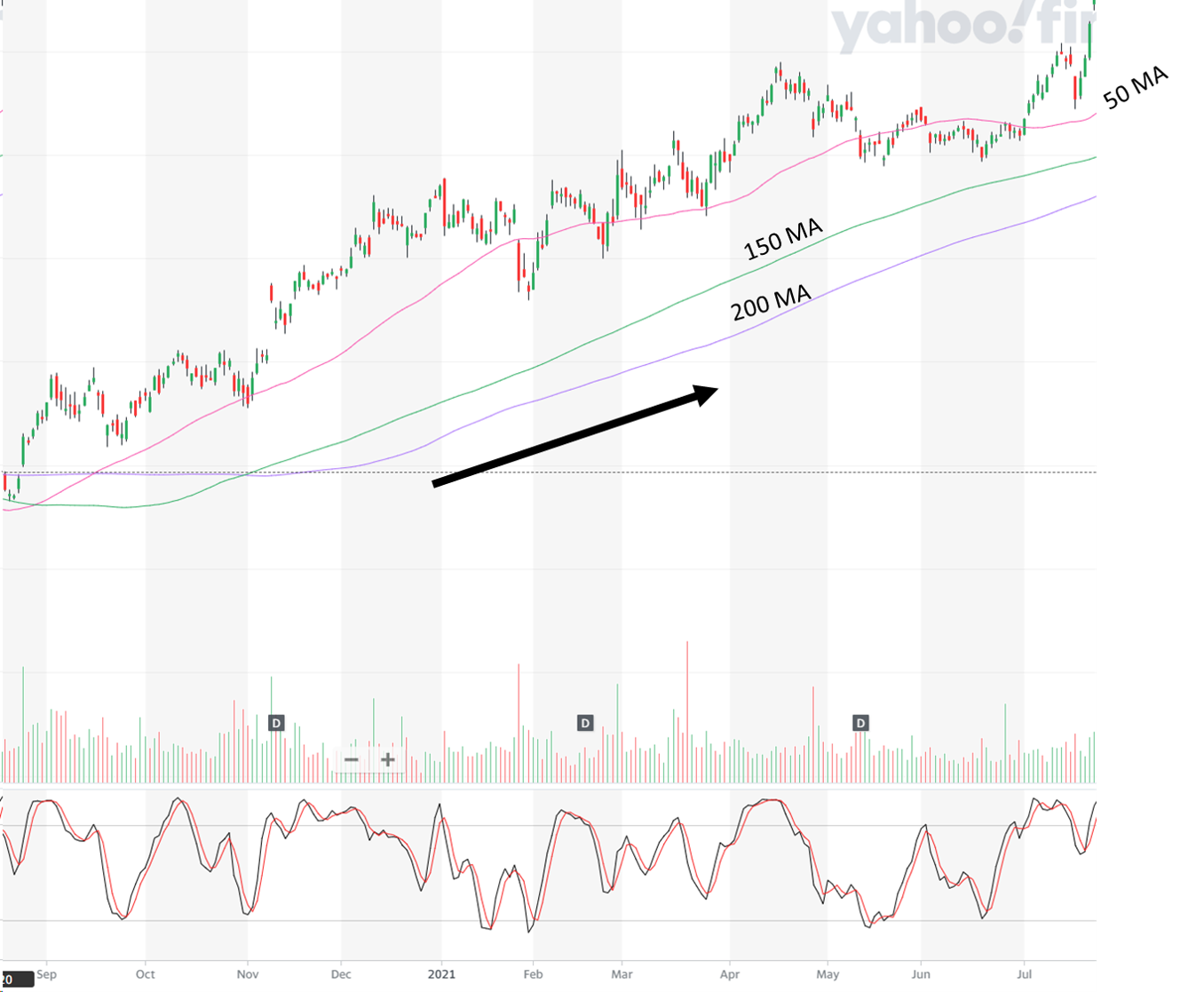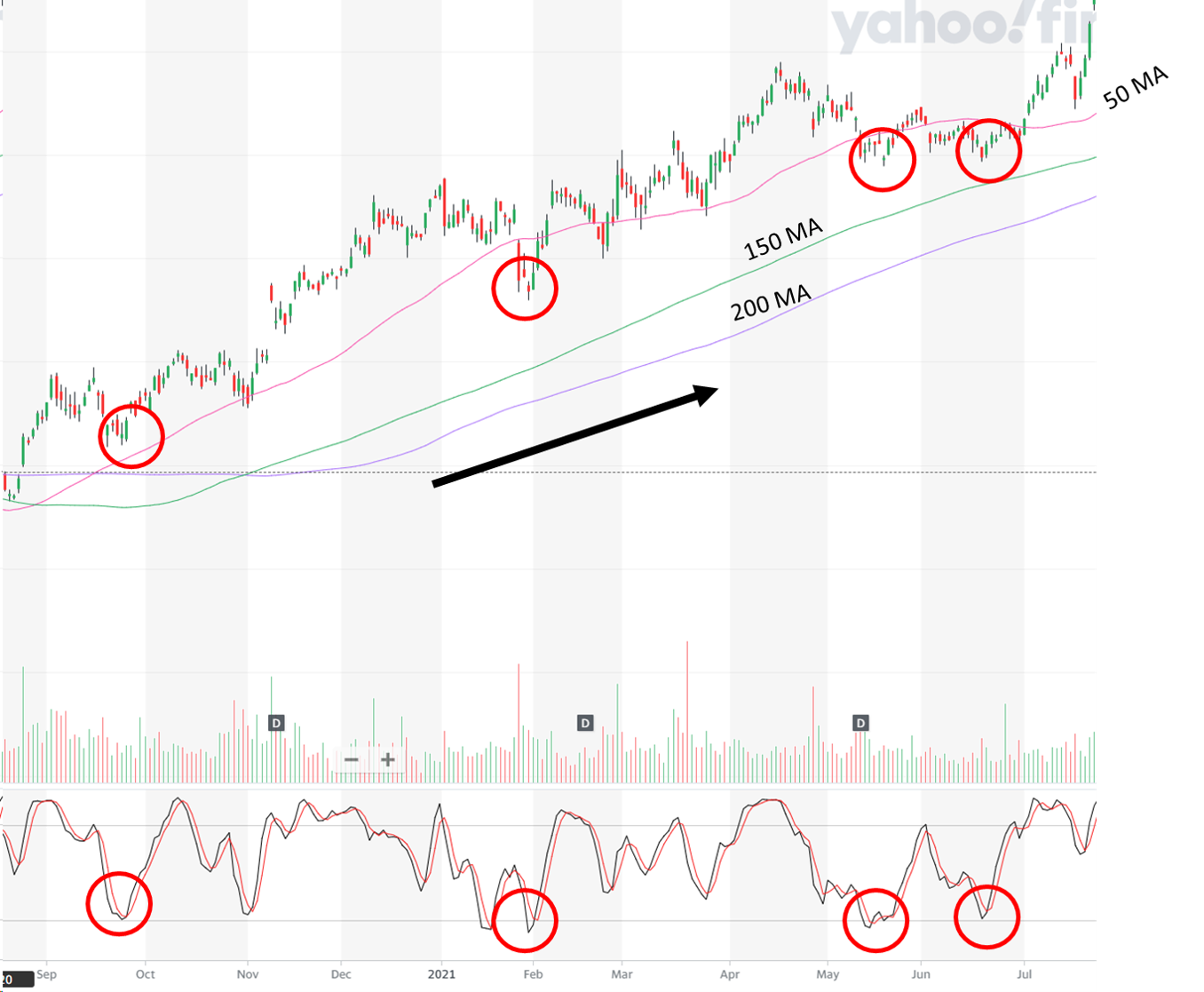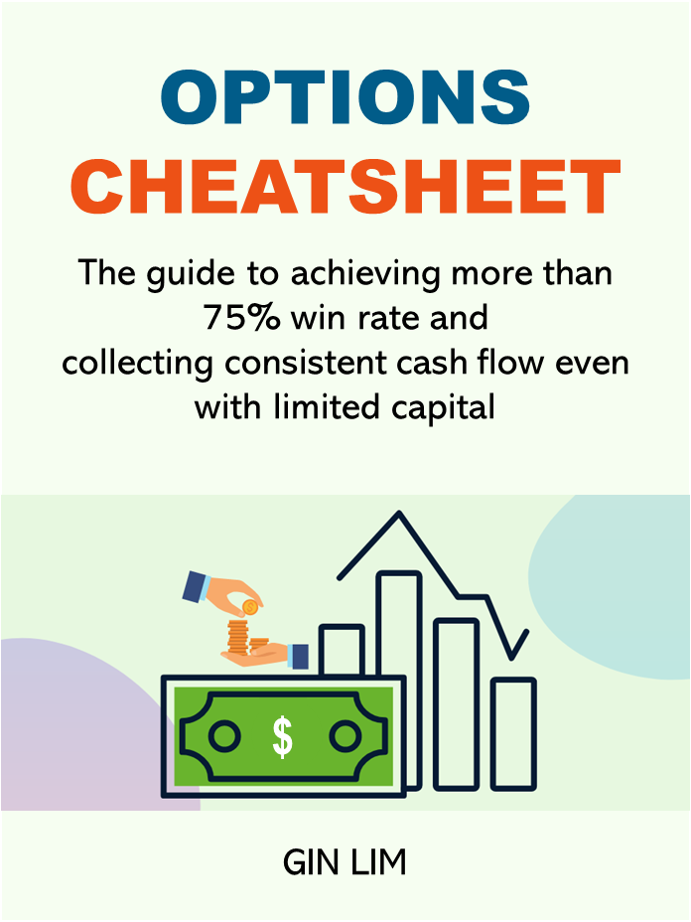Selling options is one of the most predictable and consistent way to collect income (provided that you follow strict entry rules).
Often than not, I take advantage of these cash collecting option strategies to help offset (or even fully cover) my travel expenses.

Here's a beautiful scenery from one of my trips to China
In this article, I am going to share 3 key rules when it comes to selling options.
Now, rules are so powerful - because rules are developed from battle scars. Scars that you don't want to experience again, and these rules help to prevent these wounds from happening.
Without delay, these are the rules that I have developed over the years.
Rule #1 - Ensuring Liquidity
This is one of the most important concept that every option seller has to learn.
Liquidity, simply put, is how easy you can close the position and get back your cash.
For example, a property is generally illiquid - where the moment you choose to sell the property, it can take days to sell the property.
In other words, a lack of liquidity can be detrimental especially when it comes to selling options. It could mean that you may have to sell at a less favorable price, just to close the position.
There are case where my option position were at $600 worth of profit - however, due to lack of liquidity, I had trouble closing the position. Eventually, I close the position for only $300 profit.
So here's the question - how do you measure liquidity?
Well, for me, I like to look at the bid-ask spread of the option. For me, I set a rule that the bid-ask spread has to be less than $1.
Here's an example.
<Insert image of Bid-Ask Spread>
Rule #2 - Stack the Odds
For those who have been selling options, you probably know what is Probability OTM (or Delta).
The delta and POTM is what option sellers typically use to measure the probability of profit before even selling an option.
For example, a POTM of 80% (i.e. delta ~ 0.20) represents a 80% chance of profit.
While this is an effective method to determine your initial win rate - there are ways to boost your win rate even further.
I call this, "Stacking the odds".
How do we do that?
Well, to make sure that all the technical analysis (TA) favor your option position. For myself, I look at three main TA.
- Trend
- Stochastics
- Support / Resistance Protection
(i) The Trend is your friend.
It should come no surprise that this is one of the indicators that I look at.
The most straightforward to look at trend is using the 50 and 150 Moving Averages (MA) and the 200MA. For an uptrend, the following condition must be met:
- The 50MA is above the 150MA
- The stock's closing price is above the 200MA
<Apply the opposite if you are looking for a downtrend>

You can see from the above that this is a classic uptrend situation - and as you know, the trend is your friend!
However, at what point, do we open our position? How do we optimise our entry?
Well, we take a look at Stochastics.
(ii) Stochastics
When the stock is on an uptrend, we want to enter at optimal positions. This means, when the stock retraces back.
What goes up, has to eventually come down. However, how do we determine if the stock has already fully "came down" ?
Well, a good measure of this is the "Stochastics" indicator.
Here's an example.

Do you notice that more often than not, every time the Stochastics is lower than 20 - the stock tends to bounce back up?
This is where I only choose to enter my bullish positions when the Stochastics is low.
Simply enough? Well, let's go on to the next concept - the support and resistance protection (i.e. one of my favorite rules).
(iii) Support and Resistance Protection
This is an important concept, that I think most people do not adopt in their option selling journey.
As option sellers, here's a key rule that is fundamental.
If the stock price does not touch your Sell Strike Price, you are the undisputed winner.
The concept of option selling is really that simple - as much as possible, you just stack the odds in your favor that the stock price has very slim chances of hitting your sell strike price.
The obvious way to do this, is to first choose a sell strike price that is far away from the current share price in the first place.
Remember the rules of the game - you don't want the share price to touch your sell strike price.
For example, if the current share price is $180 and you sell a put option at a strike price of $150.
The share price has to drop a whopping $30, for it to even hit your "sell strike" of $150. See how the game is stack in your favor? (Of course, the premium collection will be lesser, but we will discuss this in another article on optimal premium collection)
Now, let's take it up a notch.
So let's first explain what support levels are. The support level is where the price regularly stops falling and bounces back up due to trader's psychology.
Imagine if there is a support level at $170 - the stock price will tend to hit $170, and bounce back up.
So when I sell a put option at $150, my "sell strike" is effectively protected by this support level of $170.
See how powerful this rule is? Key idea - do whatever it takes to minimise the chances of the share price touching your sell strike price.
Rule #3 - Portfolio Sizing
While selling options has an extraordinary high win rate, we need to protect our downside when losses actually comes.
Protect your downside, and the upside will take care of itself.
Besides following the strict entry rules of selling options, the most effective way to protect your downside is position sizing.
If you sell only one option, clearly your losses will only be limited to one option.
So here's how I position size my option trades - and it really depends on the size of your portfolio.
For myself, with my portfolio in the six-figures range - I typically limit my trades to 1% per trade. For those with smaller size portfolio, you can consider 2% to 4% - depending on your comfort level.
I usually cut my losses at 3x of the premium collected.
For example, if my premium collected is $1.00 - and the I will cut my losses when the option price is $3.00 - representing a $2.00 loss per option.
So let's say if I have a $100,000 portfolio - a 1% risk represents $1,000. With $2.00 loss per option (i.e. $200), I will be looking at selling 5 quantity of option contracts.

Conclusion
The key to collecting consistent cash flow using options is to follow rules that help to stack the odds in your favor - and dramatically increase your win rate.
This was also how I manage to collect the cash flow to offset (or even fully cover) some of my travel expenses to see the world.
If you are interested to find out more about options selling - check out the Options Cash Flow Cheatsheet.
If You Like This Content, You Might Like This

"The Options Cash Flow Cheat sheet" to help options traders achieve high win rate and consistent cash flow
(and more other instant bonuses inside)
